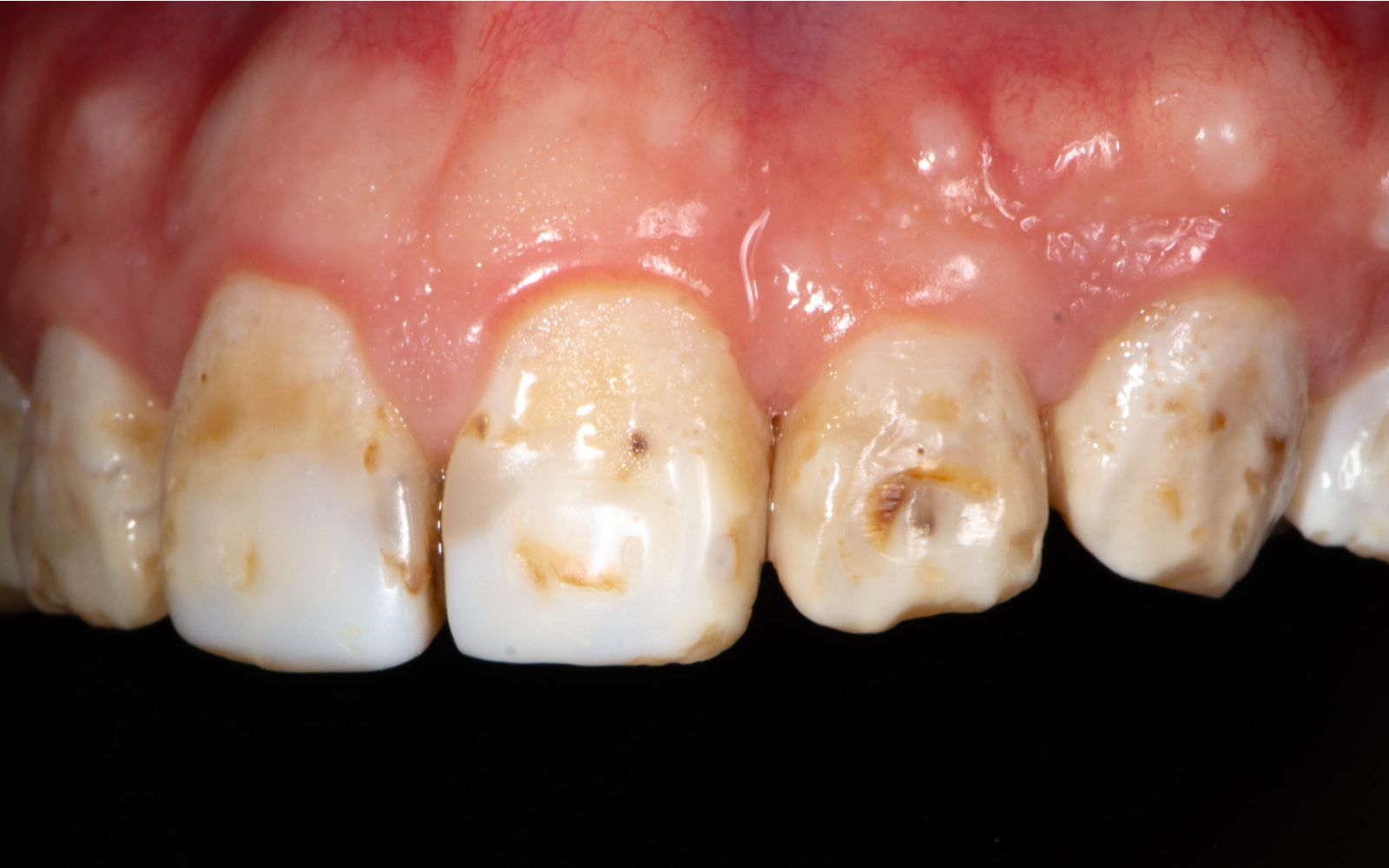How To See Early Signs of Pediatric Tooth Decay

Pediatric tooth decay may seem like an insignificant issue, but for children and their oral health, cavities present a huge risk to their smiles. Today, tooth decay in infants and toddlers can cause issues for them as they get older, as their first set of teeth is vital for helping them chew their food, speak properly, and have confidence in themselves as they get older. Childhood cavities need to be treated once noticed, but the signs of pediatric tooth decay can be hard to notice at first glance. We’re here to expand on this topic and give you tips on how to notice the early warning signs of tooth decay before it becomes worse.
Signs of Tooth Decay in Babies and Children
Tooth decay is a severe problem in children today, as about half of us children experience one decayed tooth. As one of the most reoccurring oral diseases in children, it’s important for parents to know the early stages of children’s cavities so they can work to treat them and prevent them in the future. For children, there are a few tell-tale signs of tooth decay that often go unnoticed by parents during the first few weeks to months of development, which include:
- White Spots Lesions: For babies especially, white spots along with the front teeth or gumline often indicate signs of enamel erosion and are considered the first warnings signs of cavities. Before white spot lesions develop into cavities, your pediatric dentist can effectively treat white spot lesions in children through various treatments, including cleanings and fluoride treatments.
- Sensitivity to Hot & Cold: If you find your child complaining about how hot or cold their foods or drinks are, then it’s most likely an early warning sign of a cavity. This is often due to the enamel being eroded enough that the nerve endings inside the tooth are exposed.
- Trouble Focusing at School: If they’re having trouble in school, then it may be a dental problem. If their teeth hurt, they’re less likely to pay attention in school and have trouble with their social life as a result.
- Bad Breath: Bad breath is a huge indicator of cavities in children, especially when complemented with tooth pain and white lesions. Getting your child to the dentist is the best recommendation if they have bad breath that isn’t resolved by brushing or flossing.
- Tooth Discoloration: Most of all, if you notice brown or blackening spots along with their teeth, then the cavity has started to form in their tooth. Receiving treatment for their cavity is considered the best option for them to help their teeth.
Visit Your Family/Pediatric Dentist Today!
To resolve these early warning signs of tooth decay, scheduling an appointment with your dentist for regular checkups is the best way to treat and prevent these cavities from occurring. Reinforcing good hygiene habits and healthy diets can help protect their teeth from future decay and give their smile a future.
